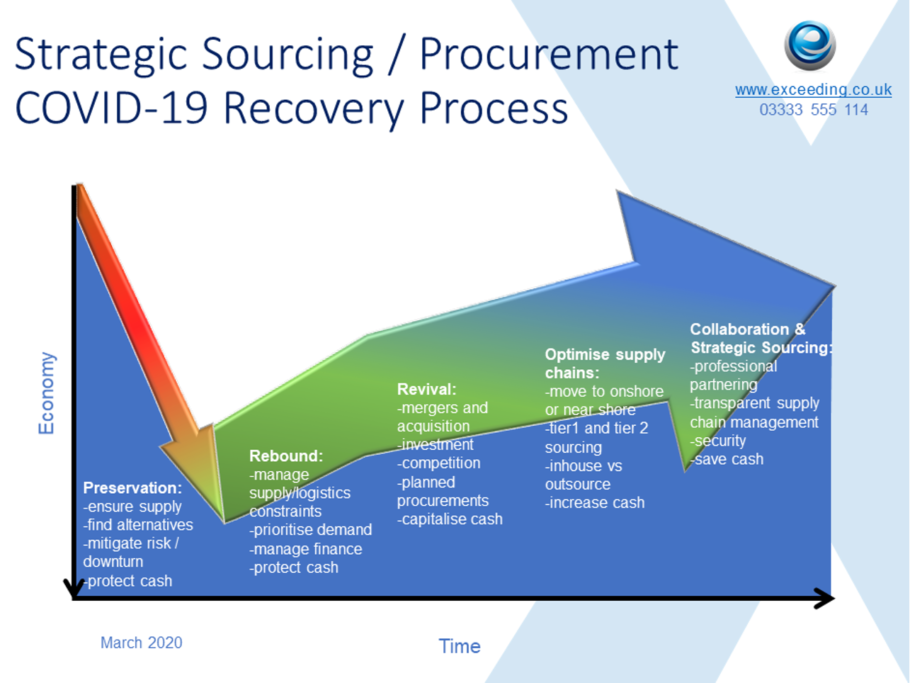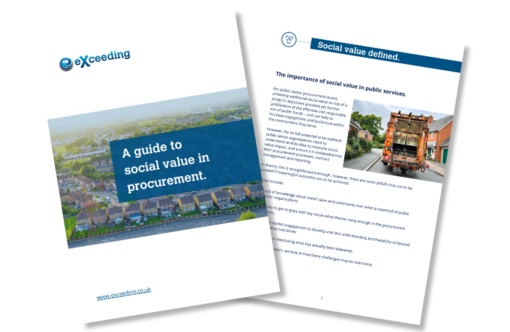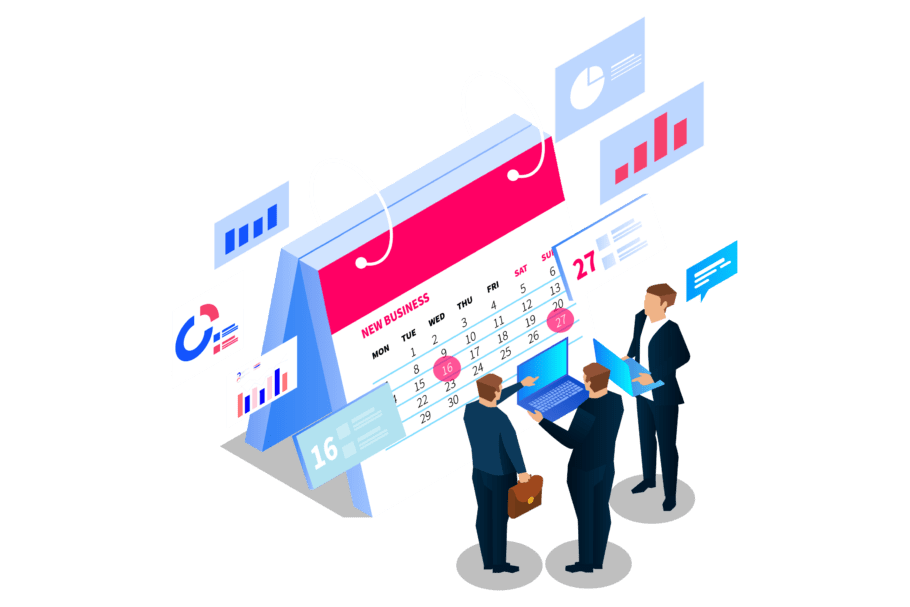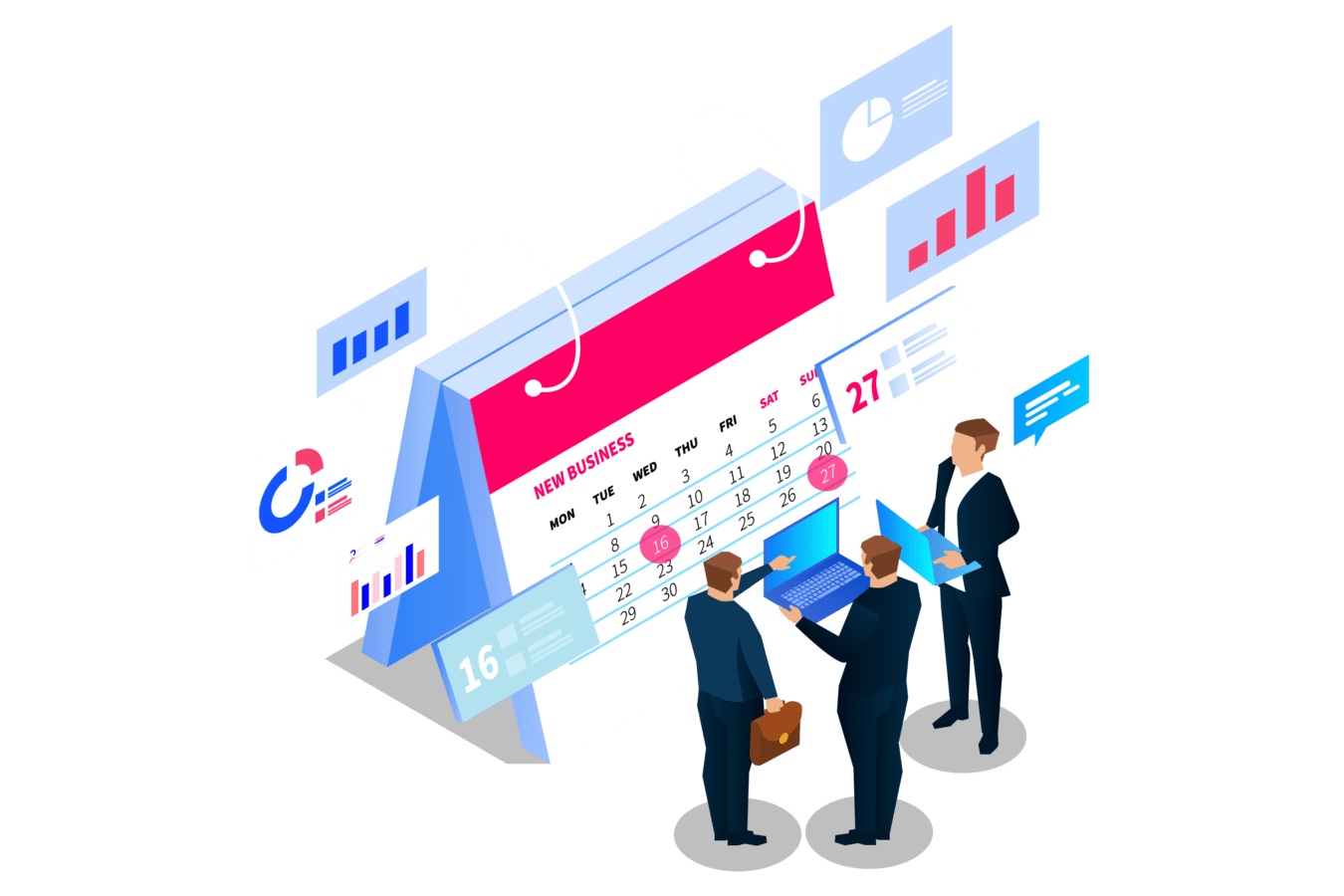Although the COVID-19 pandemic has driven an immediate mind-set of “survive”, it is important to think to the future and understand how to prepare for the forthcoming recovery.
Businesses have been dealing with “putting out the fires” and reacting quickly to ensure as much as possible is preserved, in order that “everything will be okay” on the other side.
Strategic sourcing or (procurement) teams are fundamental to any organisation’s operations, optimising often complicated supplier relationships and helping drive business-wide productivity. In the current climate sourcing/procurement teams focus will be on preservation, but it is these same teams, with their commercial know-how and ability to adapt and flex, who will ensure the successful recovery process and who will help organisations manage their ultimate revival.
How can procurement teams start the road to post-COVID19 recovery?
It is vital to deal with the immediate threats, but now is also the time to ensure your organisations’ operational responsiveness. It’s time to determine any opportunities that could deliver competitive advantage as the world starts turning again.

Being honest about the future
The world has never seen such an economic down-turn (even in the GFC 2008) and therefore it is hard to predict what or when will be the new reality, however what is sure, at some point in the future, restrictions will be eased, demand will increase, and supply chains will start to move.
At first there is likely to be a spike in demand as all the suppressed needs suddenly hit the market – in turn this may lead to a shortage in supply and suppliers prioritising to whom they provide the limited goods/services.
So even if your business has a plan – do you have a fall-back/alternative?
Any recovery is hard – often it is more about rehabilitation and adaptation to your new normal. Supply chains have been severely damaged and will need time to grow their low goods inventories, businesses will have to adapt to supplying services remotely or virtually and firms will need to secure credit with many companies still likely to go into liquidation (especially when government support schemes are no longer available).
A strong strategic sourcing/procurement team can drive the recovery process and will have a big impact on whether their organisation is able to revive and flourish in the future. eXceeding has assessed the recovery process and has considered the stages that should be managed to guarantee a strong and successful future supply chain.
Preservation
The focus for strategic sourcing/procurement teams has been to preserve the status-quo and keep the organisation functioning. As supply chains shut down attention has been directed to securing supply and keeping people “on-line” to ensure that the organisation has the materials and resources it needs to operate.
Strategic sourcing/procurement teams must manage internal demand as well as being aware of external demand and the relative importance of their organisation’s power/influence in leveraging their requirements against other’s needs.
Working with existing suppliers to secure supply is important but so too is finding alternative sources and dealing with the on-boarding, financial checks and other due diligence quickly and effectively. Quality can always be a concern here and balancing security of supply against what you actually want or need should be a large consideration (how often did we hear about the PPE deliveries which are all one-size or not fit-for-purpose?).
Another consideration is the management and preservation of cash flow and of course credit terms. The entire supply chain is trying to preserve its cash flow and therefore hold cash and extend payment terms to protect its financial position. Pro-forma invoices and compressed payment terms may have to be introduced to secure goods or extended payment terms agreed to retain services for once the situation has improved.
Although uncomfortable, for organisations which are in the middle of a down-turn and under financial pressure, it is the strategic sourcing/procurement teams’ role to review third-party contracts to remove or delay any fixed or recurring costs. This can be achieved with targeted negotiation, potential holding of payments and the use of force majeure to mitigate the risks, protect cash and ensure the business will be able to survive.
Rebound
When the longed-for rebound hits, demand will increase, however quantities will be difficult to forecast and buyers will be faced with market instability over price and availability. Quality may also be unpredictable while supply chains return to normal or perhaps adjust to new ways of working and potentially reduced workforces.
It is important not to lose sight of the organisations’ core suppliers. Collaboration is always the solution but in a rebound scenario it is important not to discount the significance of mutual benefits and dependencies. Long term relationships should be sought and professional partnering agreements enacted to ensure the future success of all parties.
As top-tier manufacturing plants scale-up production, it will be down to the strategic sourcing/procurement teams to apply their skills and prioritise demand against supply. It is likely there will be restricted raw materials, logistics constraints, credit limits and potential supplier insolvencies. Sourcing alternatives, switching volumes to optimise supplier capacity and consolidating demand from different suppliers will be the responsibility of the buyer.
Continued focus must be given to protecting the cash flow and where possible, strategic sourcing/procurement teams should be keeping costs low and finding opportunities with alternative providers who have traditionally served other sectors and may have surplus stock.
Understanding your financial position and ability to apply credit terms will hold power and it is worth considering whether you should be extending (preserving cash flow) or reducing (obtaining goods faster) to improve your financial position.
Revival
As the world starts to return to normal, strategic sourcing/procurement will be fundamental in assessing potential opportunities for the business, such as investments, partnerships, mergers and acquisitions, given they will have insight into the supply chain and know who has rebounded well or not.
Demand should have levelled out and volumes stabilised so strategic sourcing/procurement teams will be able to facilitate the organisation in capitalising its cash and reducing the business cost base ensuring company-wide revival and baseline from which to measure performance and growth. In a super competitive supply market, it will be possible to maximise buying power, cut costs and secure additional value through targeted negotiations, planned tenders and e-auctions.
Optimise supply chains
Once the economic situation has steadied, it will be the role of strategic sourcing/procurement teams to secure the supply base in accordance with the new environment so as to support profitability and sustainability and increase cash.
Optimising the supply-chain, in case of a similar economic down-turn, will be the focus and it is likely in wanting to ensure security of supply, that sourcing will move towards near-shoring or on-shoring and there will be less global reliance.
Further strategic sourcing/procurement will need to develop a stable solution with a multiple tiered supply base (identified tier 1, tier 2 suppliers) that will provide assurances and constancy for the future.
Collaboration & Strategic Sourcing
The post-COVID-19 world will be very different and for the supply chain it is likely to be improved with far more visibility and insight into the suppliers on whom you rely and far tighter controls over the entire supply base regardless of their relative importance.
Professional partnering with core suppliers and strategic sourcing functions will enable close, mutually beneficial relationships that drive assurance and security for the term of the contract. Tier 2 suppliers will be identified and contracted and the supply chain will be transparent with risks regularly assessed and re-assessed to ensure business continuity.
All of this collaboration and control will be assisted by defined process and technology. There are many tools now which allow for third-party management, risk mitigation, supplier on-boarding, tendering (eRFx/eAuctions), contract management and payment (P2P).
In summary the recovery process will lead to a more secure and controlled supply chain with focus on collaboration and mutual benefits for all parties.
If you’d like to discuss how you can navigate the road to recovery, please click on the panel at the bottom of the page to book a free consultation with one of our experts.






Comments
This post has no comments yet...